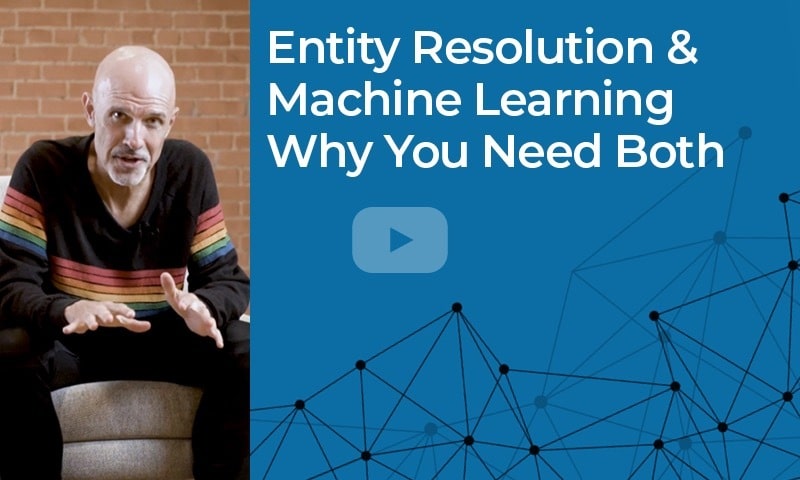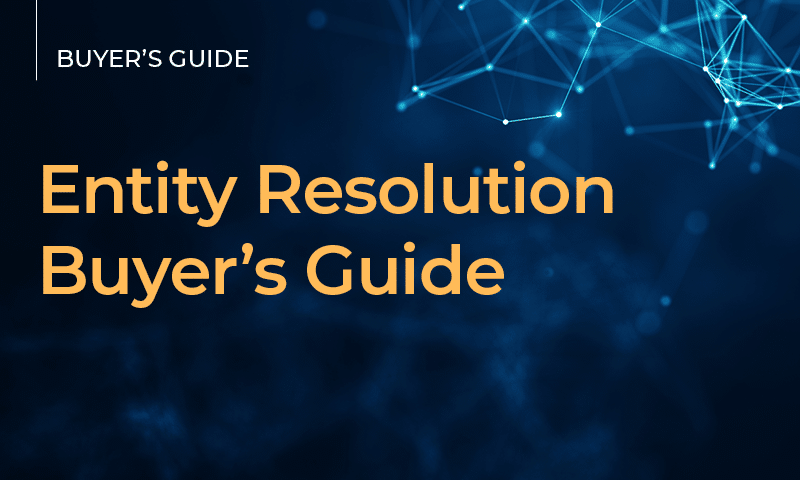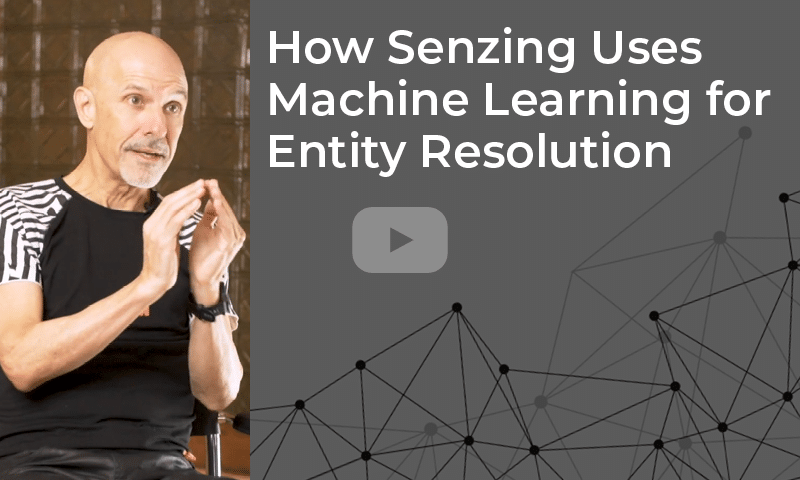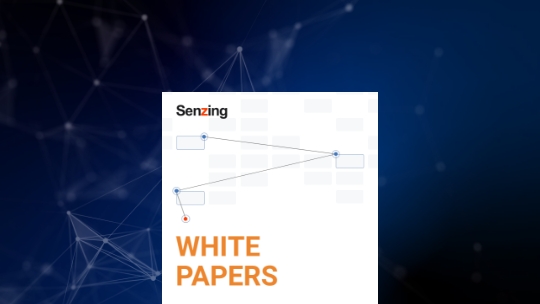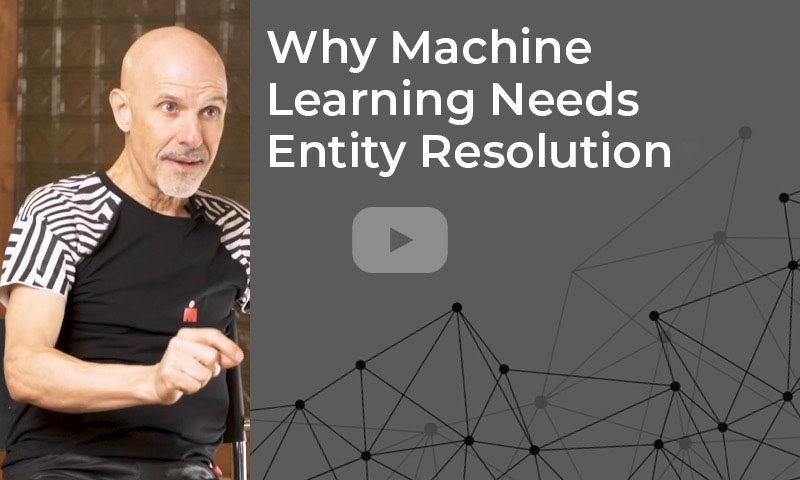Senzing AI is an entity resolution engine that delivers consistent, explainable results with unprecedented speed and precision without the accuracy drift common in other systems. It’s not generative AI, doesn’t use LLMs, and never hallucinates. Senzing learns locally on your data, which remains in your environment and never leaves your control.
Purpose-built for entity resolution, Senzing AI arrives with advanced algorithms that are highly accurate on day one, with no configuration, ramp-up, or entity resolution experts required. Unlike other systems that demand extensive setup before producing trustworthy results, Senzing delivers out-of-the-box accuracy and continues to improve over time.

